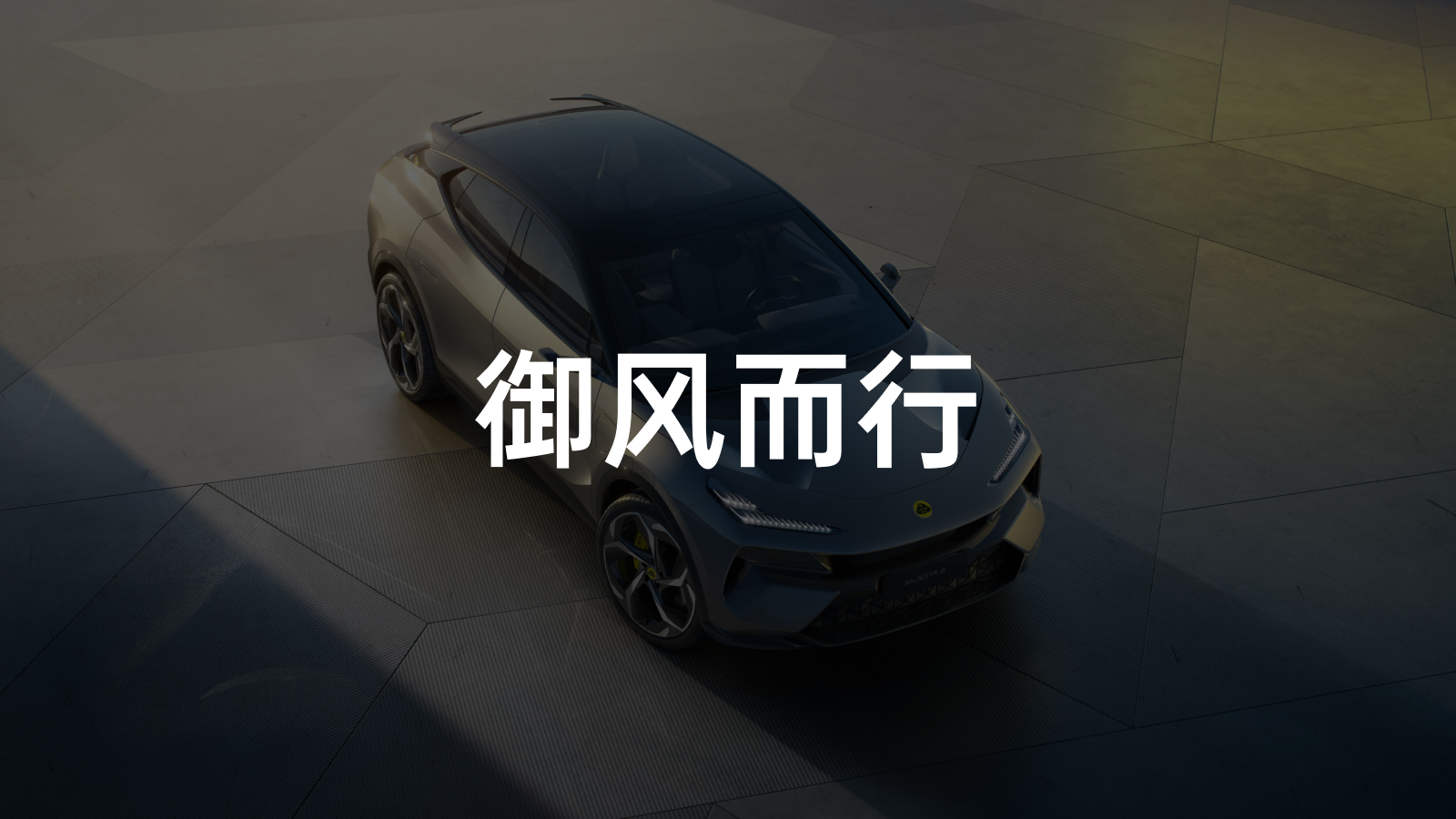On the early morning of March 30th at 2:30, I was watching a live stream from London, UK. Lotus officially launched its brand new pure electric SUV with the code name Type 132 – Eletre.
Yes, this is the pure electric SUV that I have been looking forward to the most in 2022.
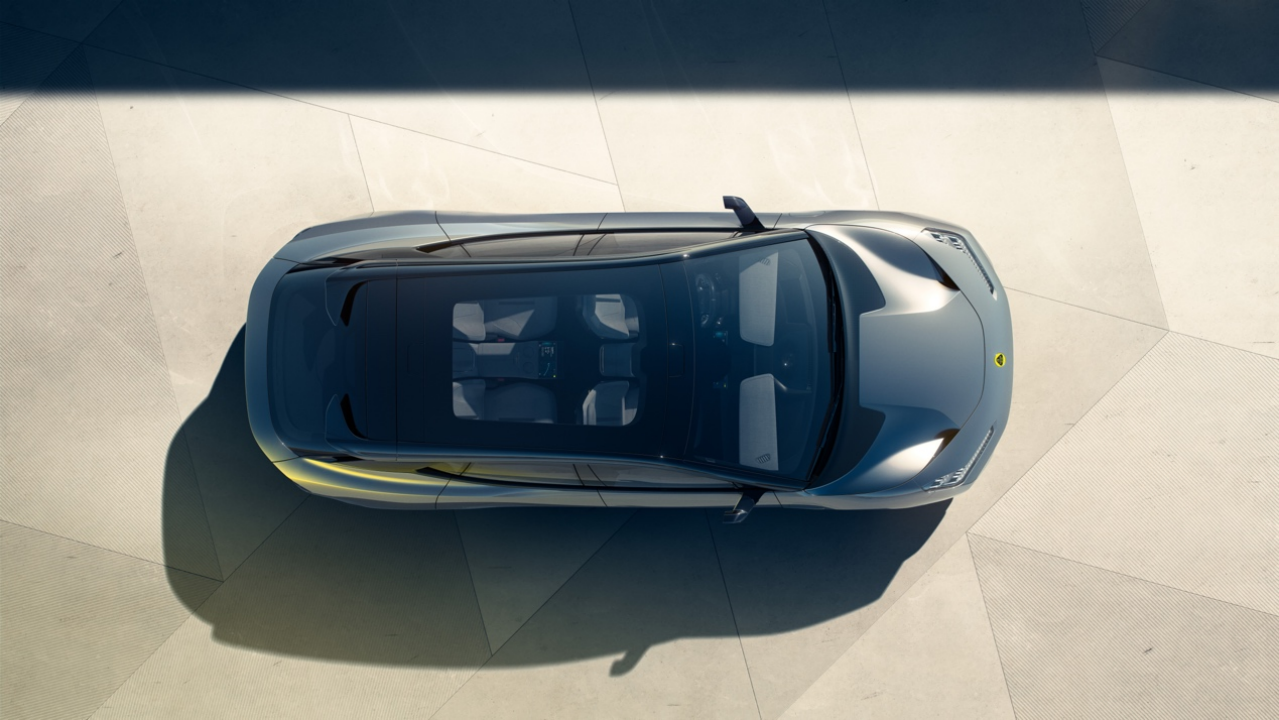
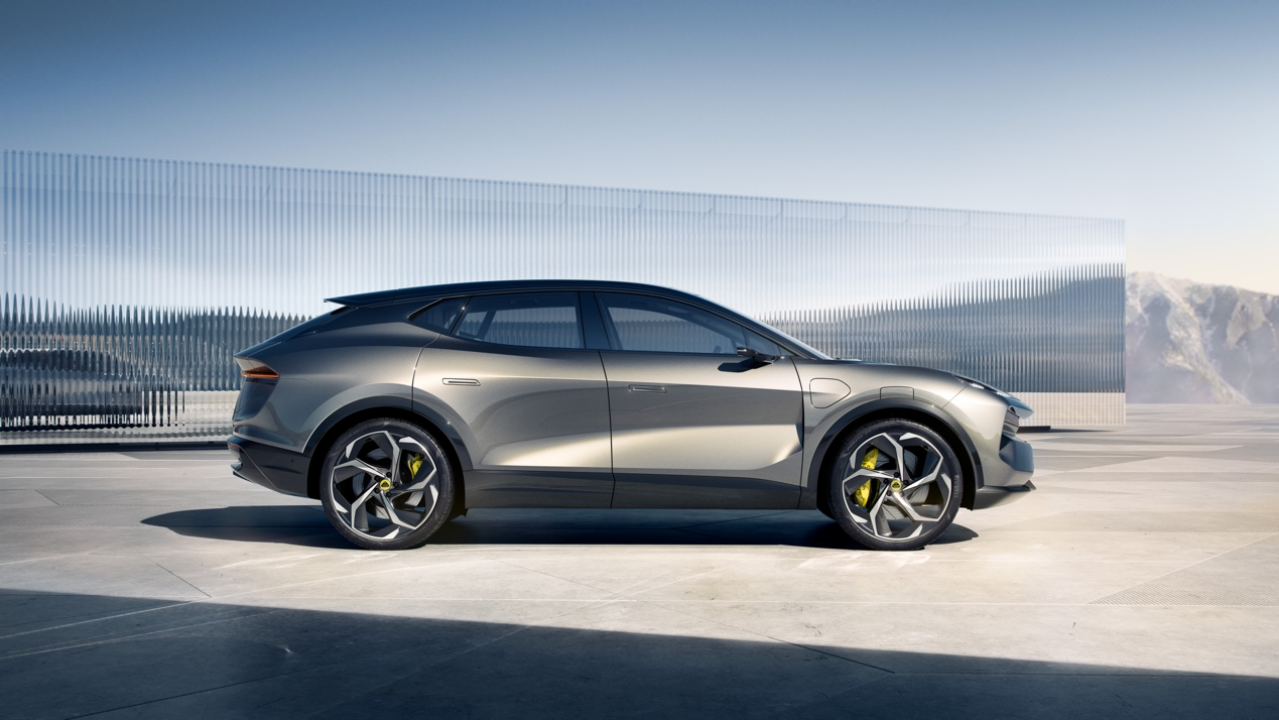
Speaking of Lotus, people may have a deeper impression of the Lotus sports cars. This car brand from the UK was founded by Anthony Colin Bruce Chapman in 1948, and was once known as one of the “Big Three” sports car manufacturers in the world alongside Porsche and Ferrari. Their car models are known for their extreme aerodynamic design, lightweight structure design, and pure driving pleasure.
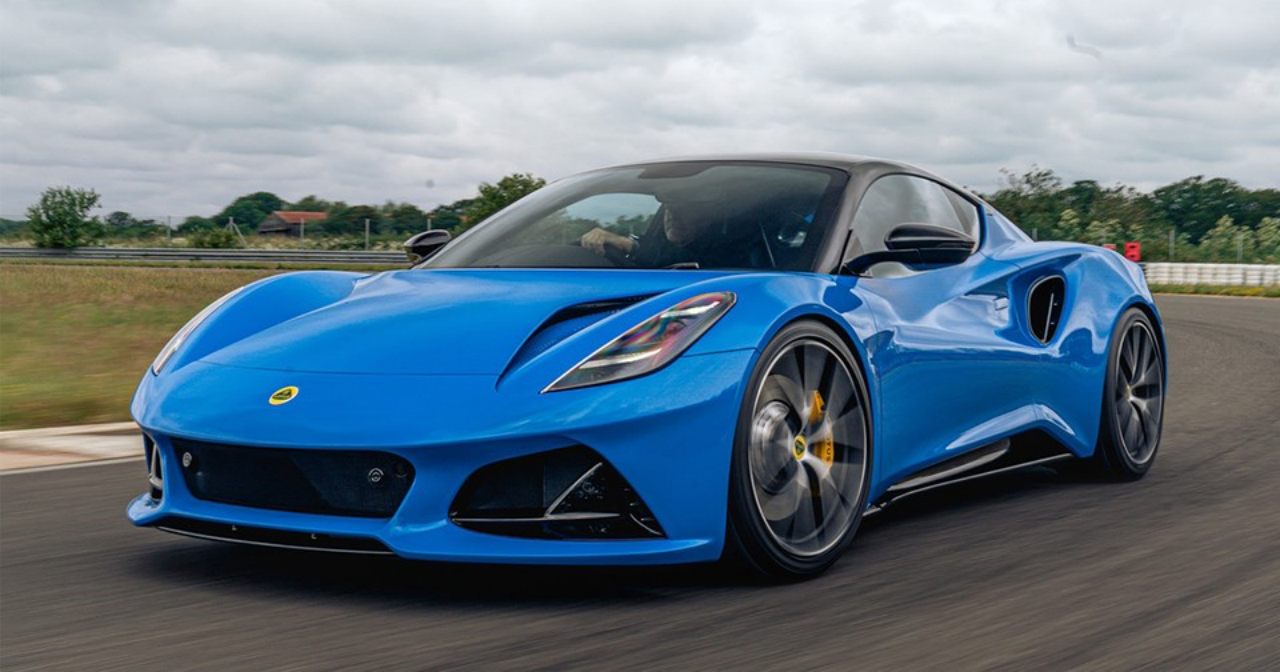
Friends who are familiar with Lotus should know that their first pure electric model was the Evija, which was released in 2019. It is currently the lightest (1,680 kg) and most powerful (2,000 ps) pure electric supercar among mass-produced cars. This car integrates Lotus’s ultimate high-performance experience on the basis of pure electric.
In July 2021, Lotus launched the Emira sports car, a “pure driving machine” that says goodbye to the era of gasoline.
The Eletre, which has just been launched, is Lotus’s first pure electric SUV in its history. While inheriting the high-performance genes of Lotus, its identity as an SUV also takes practicality into consideration, filling the market gap for “million-level pure electric performance SUVs”. Therefore, strictly speaking, there are no direct competitors for the Eletre.

Of course, Lotus’s future product planning not only includes SUVs, but also covers four-door coupes, crossovers, and small sports cars, and so on. Many people might wonder why Lotus chose an SUV as the leading product for its electrification strategy instead of a more “pure” sports car. All I can say is that times have changed, my friend.Looking back in history, both Porsche and Lamborghini have launched SUV models, and the launch of these models has not harmed the brands’ influence; on the contrary, it has opened up more markets and expanded the brand’s influence with soaring sales, while also obtaining ample cash flow. In the pure electric era, with technological advancements, SUVs’ practicality can be retained while ensuring handling and performance. Of course, this has a premise, that is, you can create a car with excellent performance and handling. Lotus happens to be one of them🐶.
This is Aerodynamic Design
This year, the International Automobile Federation (FIA) revived “ground effect” in F1, bringing back this technology to the top-level motor sport after 40 years. The reason for reusing this technology is to enable vehicles to travel faster while smoothing out the turbulent airflow at the rear to increase the possibility of racing battles. The inventor of ground effect is Anthony Colin Bruce Chapman, the founder and engineer of Lotus.
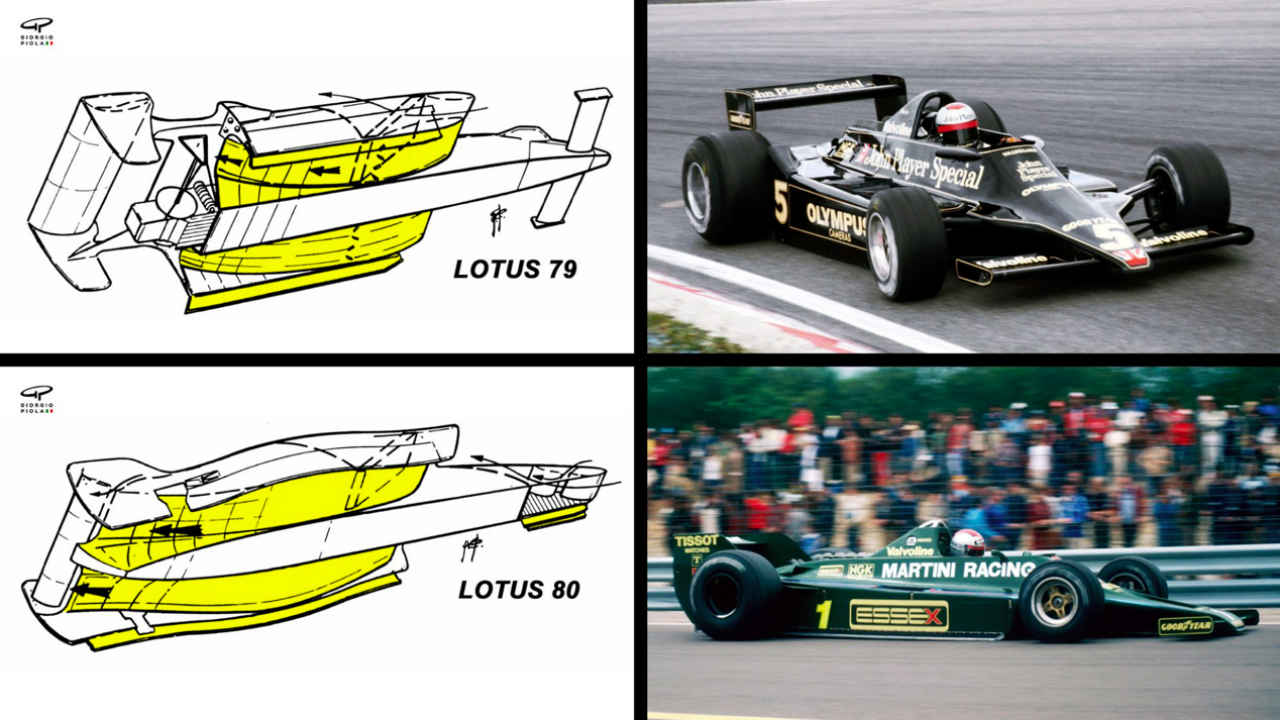
The idea of ground effect came from Anthony’s study of the structure of airplane wings. The unique structure of the wings can create a pressure difference, providing lift to the body of the plane. Inverting it and passing the airflow through a Venturi tube can accelerate and depressurize the air, and be used to increase downforce of F1 cars, allowing them to travel faster on corners.

The Lotus Type 78 F1 car, the first to use this technology, became a “bug” in F1 history: it could provide an additional 15% downforce in corners compared to its opponents’ cars and won the most five pole positions in all teams of that year, and won the annual championship with the improved Type 79 car.
The revival of ground effect in F1 seems to imply that Lotus also wants to return to its peak in the pure electric era. Let’s take a closer look at Lotus’s proud aerodynamic design and how it is reflected in the Eletre car.
 There are many “holes” on the Eletre body, which have been confirmed through complex testing and revision to form 7 sets of air ducts that wrap around the body. In terms of the number and area of air ducts, the Eletre embodies Lotus’s ultimate pursuit of aerodynamics. I cannot think of any other car model with such rich air ducts. Their function is clear, which is to streamline the air flow around the vehicle and provide downforce.
There are many “holes” on the Eletre body, which have been confirmed through complex testing and revision to form 7 sets of air ducts that wrap around the body. In terms of the number and area of air ducts, the Eletre embodies Lotus’s ultimate pursuit of aerodynamics. I cannot think of any other car model with such rich air ducts. Their function is clear, which is to streamline the air flow around the vehicle and provide downforce.
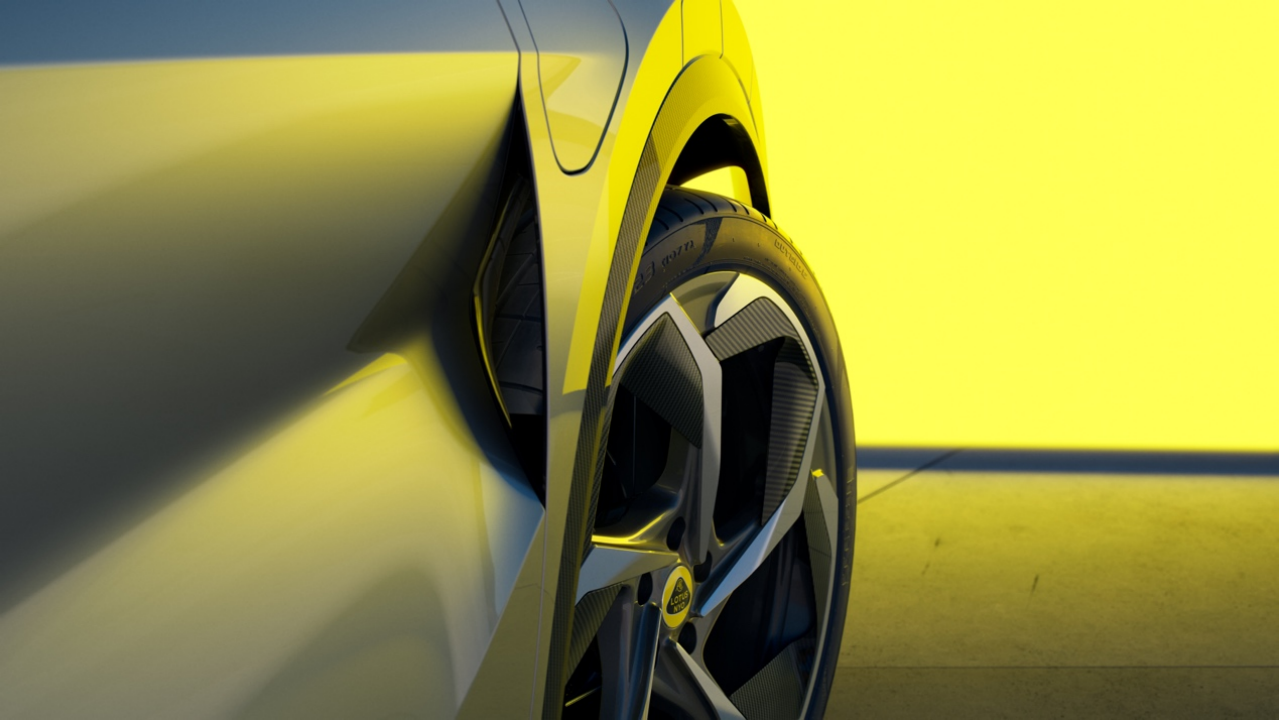
For example, the air groove below the headlights slices the front-facing air and sends it into the tires. Many people would say that this not only streamlines the air but also cools the braking system. However, at high speeds, severe turbulence can form here, which requires further diversion of the air. We can see that the Eletre has set up air slots on the front fenders, and the air flow can be discharged smoothly, while also carving the entire side profile along the trajectory of the air flow, and designing the door handles to be hidden.
Many sports cars do not attach great importance to aerodynamics, which I understand, because it requires relatively rich experience to repeatedly polish the exterior design. However, many car models add some “fake” aerodynamic kits just to increase their visual appeal, which makes me have to cue the Toyota Supra.
Lotus’s careful thinking on aerodynamic design is also reflected in many other places.

For example, the multi-blade linkage active intake grille can achieve infinite opening and closing. When fully closed, it enhances the overall unity of the body, and can increase the range by up to 15 km, as claimed by the official. When necessary, it can also be infinitely adjusted according to the motor, battery, and air conditioning heat dissipation requirements. When fully open, the holes on the hood form air ducts. Of course, based on the concept of service-oriented architecture (SOA), these blades can also form the pattern of a lotus flower, which is a small easter egg.
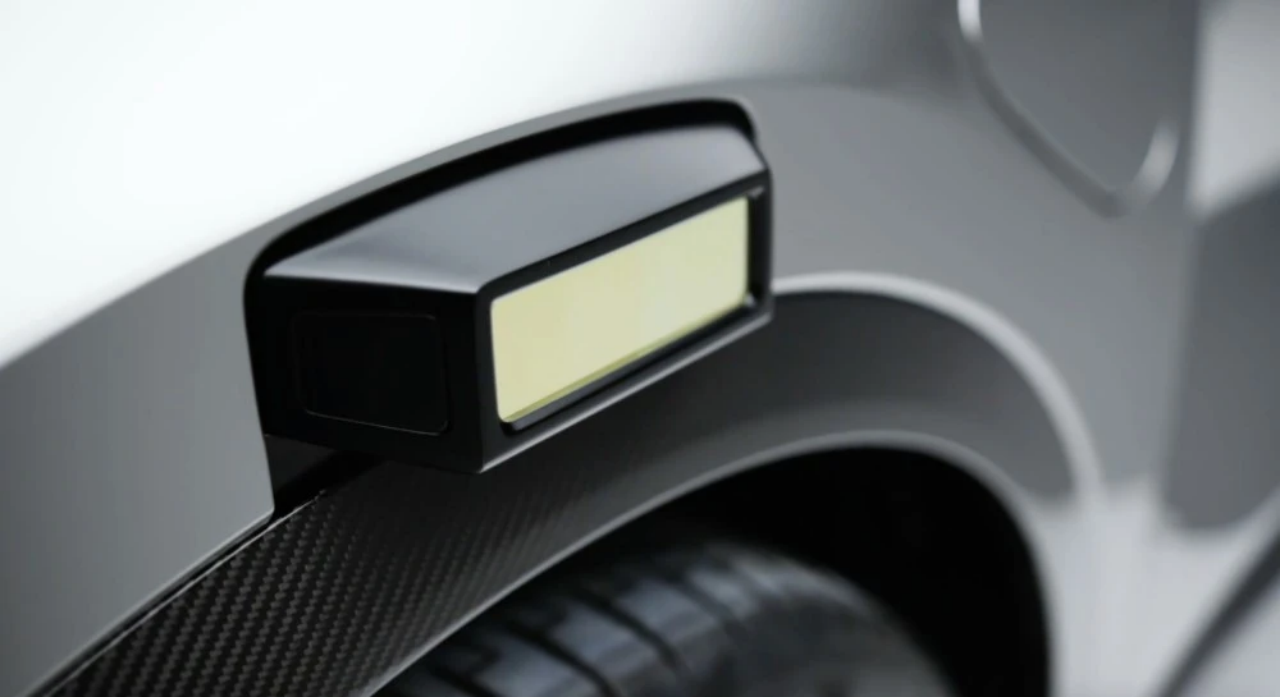
Another example is the retractable laser radar on the front fenders and roof. When not in use, it can minimize the disturbance to the airflow to ensure the integrity of the aerodynamics. When necessary, it can be extended for use. Of course, these laser radars also have self-cleaning function.
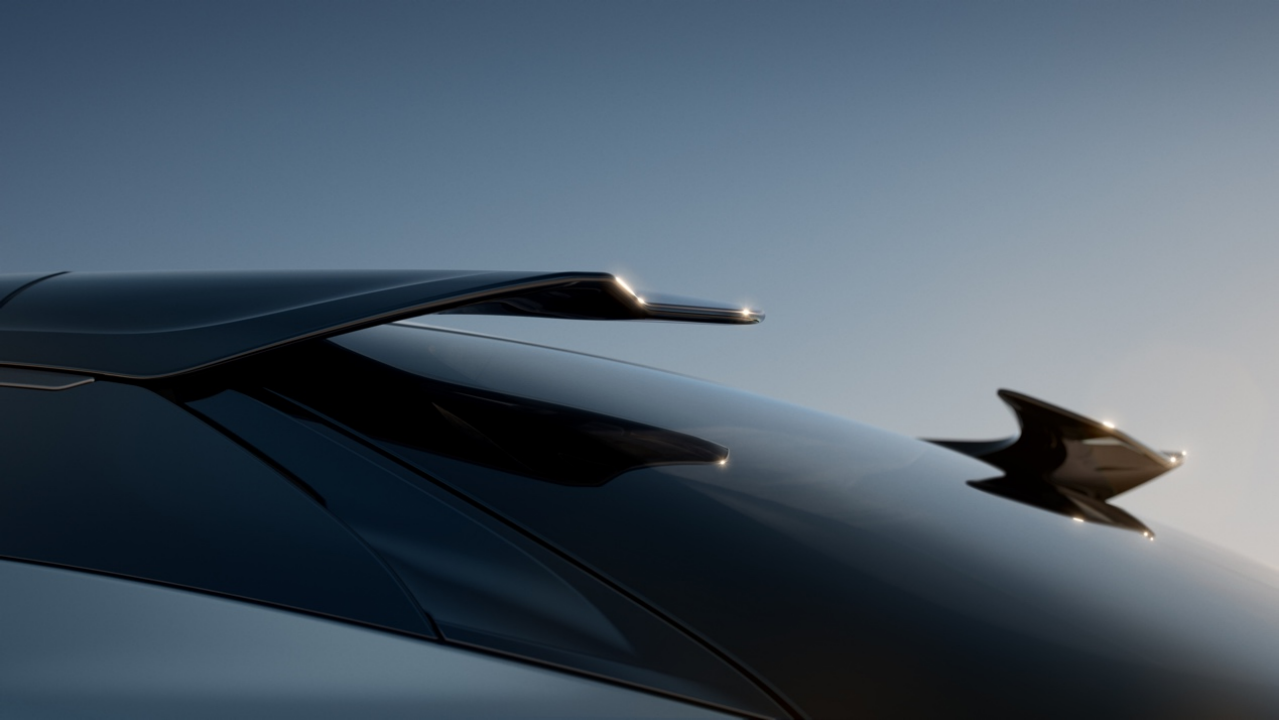 Of course, this lightweight design ethos has been carried forward to the Eletre, whose overall structure consists mainly of aluminum and high-strength steel. Carbon fibre materials can be found throughout the vehicle, on the front spade, side skirts, grille, rear diffuser, wheel shroud ventilation panels and D-pillar, and even inside the car. Lotus’ surprising aerodynamic design for the Eletre can be described by one data point: a 1.24 aspect ratio.
Of course, this lightweight design ethos has been carried forward to the Eletre, whose overall structure consists mainly of aluminum and high-strength steel. Carbon fibre materials can be found throughout the vehicle, on the front spade, side skirts, grille, rear diffuser, wheel shroud ventilation panels and D-pillar, and even inside the car. Lotus’ surprising aerodynamic design for the Eletre can be described by one data point: a 1.24 aspect ratio.
Here we need to mention the concept of aspect ratio, which refers to the ratio of a vehicle’s width to its height. Generally speaking, SUVs have an aspect ratio between 1.08 and 1.15, while sedans tend to have an aspect ratio between 1.10 and 1.25. The larger this value, the flatter the vehicle’s shape will be, indicating a greater relative width and lower height. In other words, the wheelbase will be larger and the centre of gravity lower, resulting in better stability.

The Eletre is 5,103 mm long, 2,019 mm wide, and 1,630 mm tall, with a wheelbase of 3,019 mm and an aspect ratio of roughly 1.24. This completely transcends the traditional realm of SUVs and approaches that of a sports car. Essentially, it leverages the advantages of a pure electric platform to achieve physical dimensions similar to those of a sports car in an SUV form factor. Moreover, thanks to the flexibility of the pure electric platform layout, a larger wheelbase will not only provide more interior space but also stretch the distance between the front and rear axles, making the vehicle’s “stride” more stable.
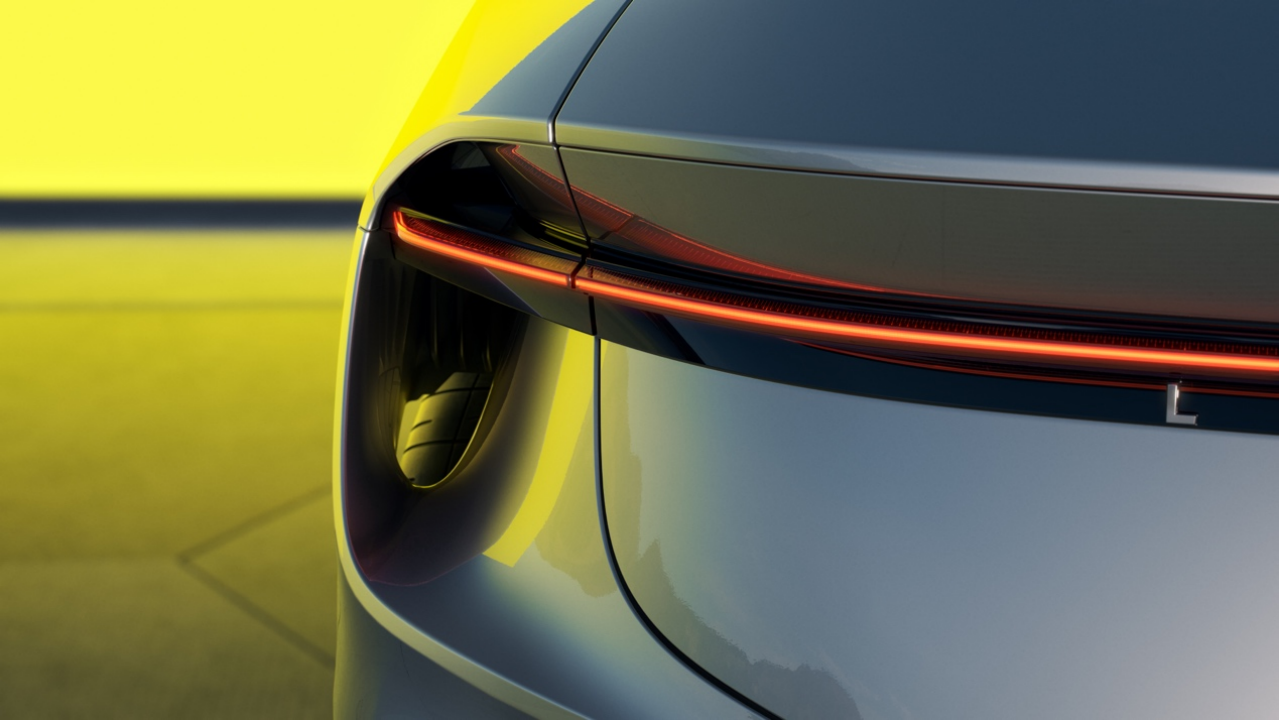
This carefully-crafted aerodynamic equipment does not fall into any theoretical pitfalls. Lotus claims that the front axle of the Eletre can provide 54 kg of downforce, while the tail end can offer 36 kg. When the active and retractable tail wing is fully deployed, it adds another 116 kg of downforce. This adds up to a maximum of 206 kg of downforce, which is remarkable for stability on high-speed curves. I also believe that the Eletre will not experience the “dolphin jump” phenomenon that occurs in Formula One cars under the guidance of the International Automobile Federation.
Performance parameters are equally excellent
The Eletre is based on Lotus’ exclusive pure electric platform, EPA, and is equipped with a large battery of over 100 kWh that operates on an 800 V high voltage platform. Under 350 kW charging conditions, it can achieve a range of 400 km (248 mi) within 20 minutes. According to the WLTP standard, the Eletre’s maximum range can reach 600 km (373 mi).At the press conference, Lotus announced a set of data to describe the Eletre, which I think is necessary to highlight:
-
0-100 km/h in 2.95 seconds;
-
0-200 km/h in under 12 seconds;
-
Maximum lateral acceleration of 1.1g.
The first two values describe acceleration, and the third describes cornering ability, which are two key performance indicators. Even if placed among supercars, Eletre will not falter.
The core to achieving such rapid acceleration lies in the motors and gears. Eletre will be equipped with higher-performing dual motors that drive the front and rear axles, forming a four-wheel drive, with a total power output of nearly 1000 horsepower. The torque breakthrough exceeds 10,000, reaching 11,334 N·m (at the wheel). With such strong data, the 0-100 km/h acceleration will naturally be strong. Moreover, the two-speed differential of the rear-wheel drive can allow for a more sustained and continuous motor torque output, which explains why the 0-200 km/h acceleration ability remains strong.
Compared to its acceleration ability, it is the 1.1g acceleration in cornering that surprises me the most. With Eletre standing alongside the Porsche 911 GT3 (991), Ford GT, and Lamborghini Aventador, it’s hard to imagine that this is an SUV!
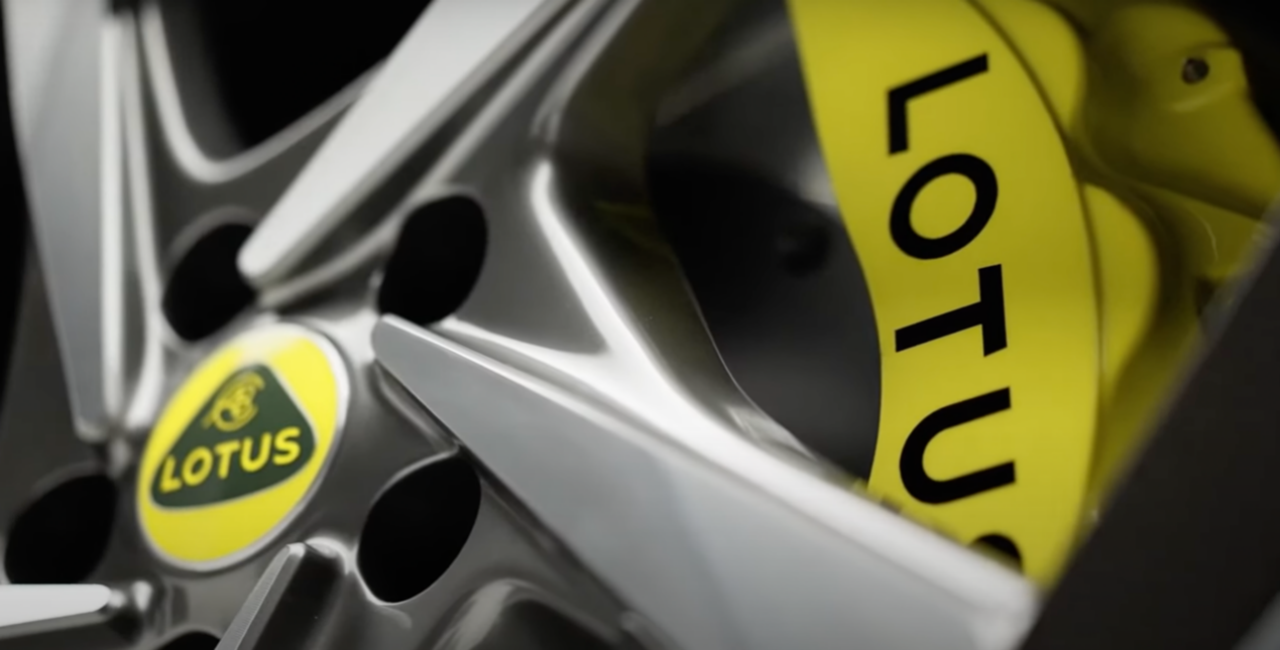
Of course, it’s not enough to just go fast, the car must also be able to stop. Eletre is equipped with 10-piston carbon-ceramic brakes. The 10 pistons produce powerful hydraulic braking force, while the carbon-ceramic matrix can greatly reduce unsprung mass and prevent deformation due to high temperatures on the track. The downside is that they are expensive, and typically only appear on high-performance cars or supercars as options.
But that’s not all I care about. Eletre is equipped with a “One-Box” line control brake system that enables full decoupling of the brakes. The most intuitive display is when you use full force braking and activate the ABS, the ESP will “pump” the brakes, but this won’t be felt in the brake pedal in the Eletre. The transmission speed of electronic signals is faster, so the braking response delay will be less. Of course, if we open our imaginations, this system can also simulate various different brake feelings to match corresponding driving scenarios and even define your own brake feeling.
Eletre is equipped with front and rear five-link independent suspension, as well as air springs and CDC, all finely tuned by the British team. I am more concerned about the active anti-roll bar, which differs from traditional hard-connected anti-roll bars. With the addition of motors, it can achieve torsion to prevent roll, which is more responsive and precise than ordinary anti-roll bars and can be completely cut off, making daily driving more comfortable.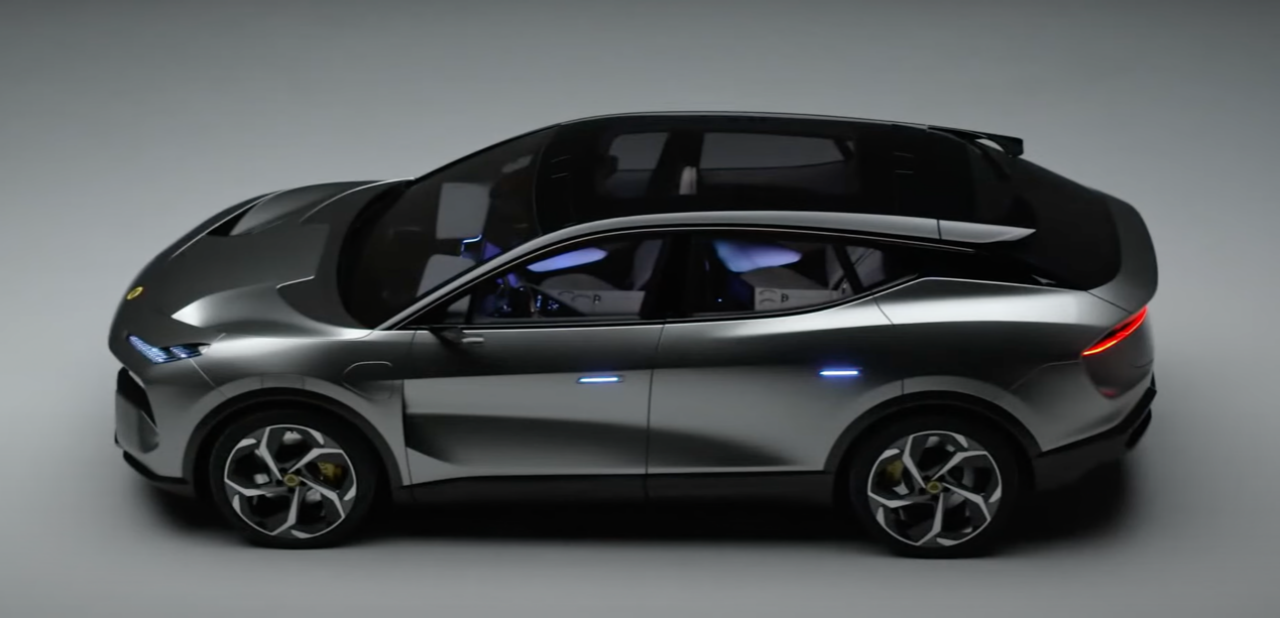
In foreign media reports, I have also seen that Eletre can be equipped with an active torque vectoring differential, which is a good thing. Not only can it allocate precise torque to individual wheels, but also this process will not significantly reduce the output torque of the motor, and due to the difference between inner and outer torque, it will automatically make you turn. To put it simply, this thing can make your car’s limit cornering performance rise.
In terms of overall dynamics, Lotus Eletre integrates braking, air suspension, CDC shock absorbers, active anti-roll bars, rear-wheel steering, and vehicle stability control system, calling it the “6D chassis technology”. It can fine-tune individual components to enhance the overall control limit, and of course, five driving modes of energy-saving, travel, sport, off-road, and custom will also be evolved.
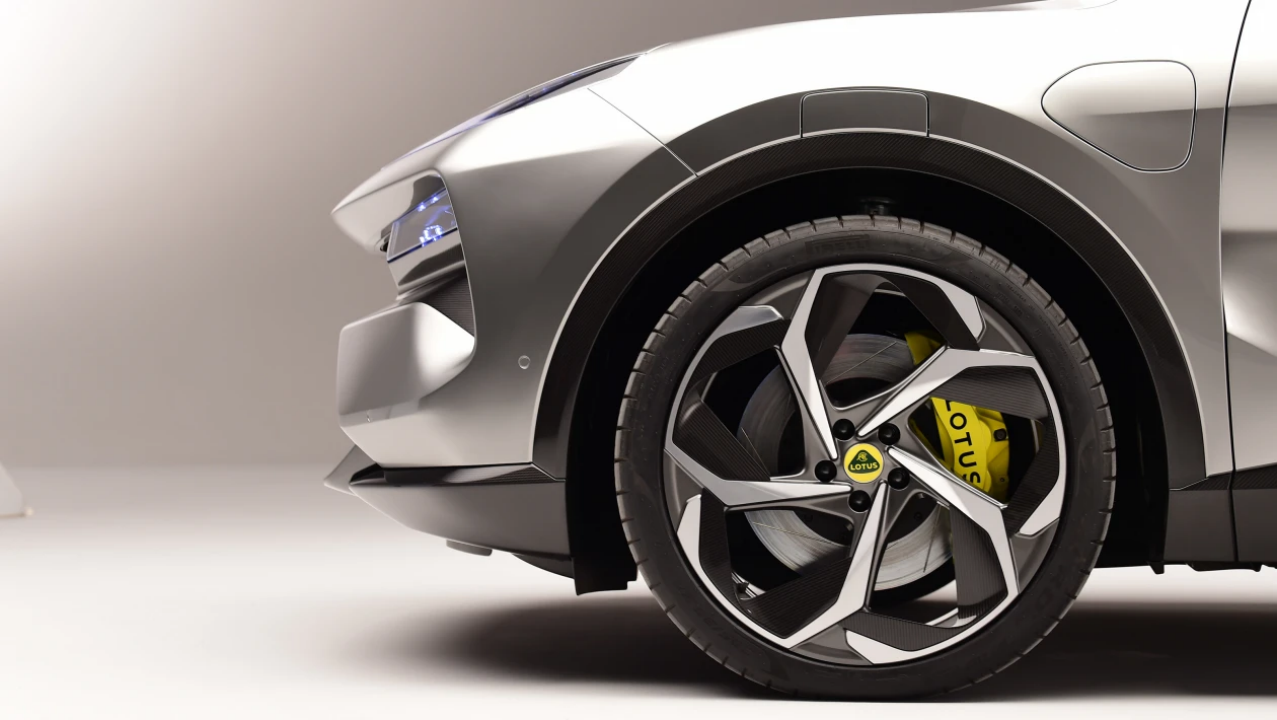
Of course, for the actual performance of Eletre, we can only make a “cloud comment” for now. The account parameters and configurations are very top-level. As for the P-Zero specially tuned with a front width of 285mm and a rear width of 325mm used by Eletre, and the tire width ratio of 35 and 30 respectively, we also need to explain the contribution of such tire size to performance. Wider tire width should obviously improve grip, and a narrower tire wall can achieve stronger support through thicker filling, but it is still difficult to mass-produce tires of this size.
Intelligent Hardware to the Top
On the basis of strong performance, we can clearly see that Lotus is not stingy in installing intelligent hardware in Eletre, which is also the unique feature of this car.
Eletre’s perception hardware for assisted driving is as follows:
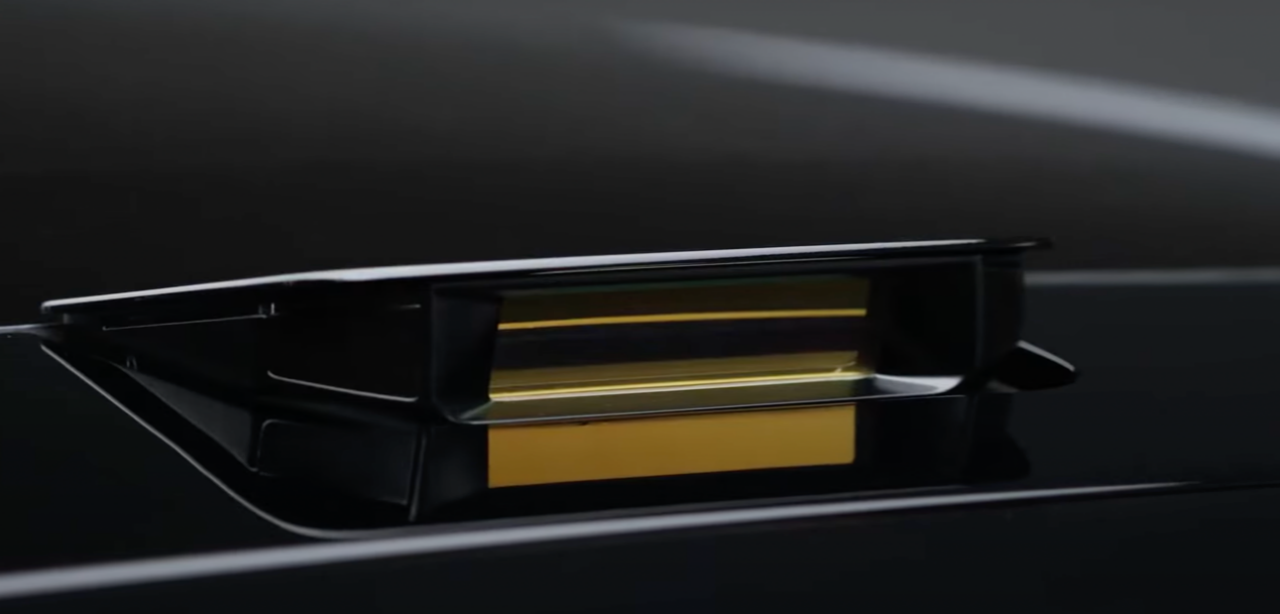
-
Four 128-line LiDARs;
-
Seven 8-million-pixel cameras;
-
Two 360-degree panoramic cameras;
-
Six millimeter-wave radars (including 4D millimeter-wave radars);
-
Twelve ultrasonic radars;
-
Plus one in-car camera.
Eletre’s hardware for the intelligent cockpit is as follows:
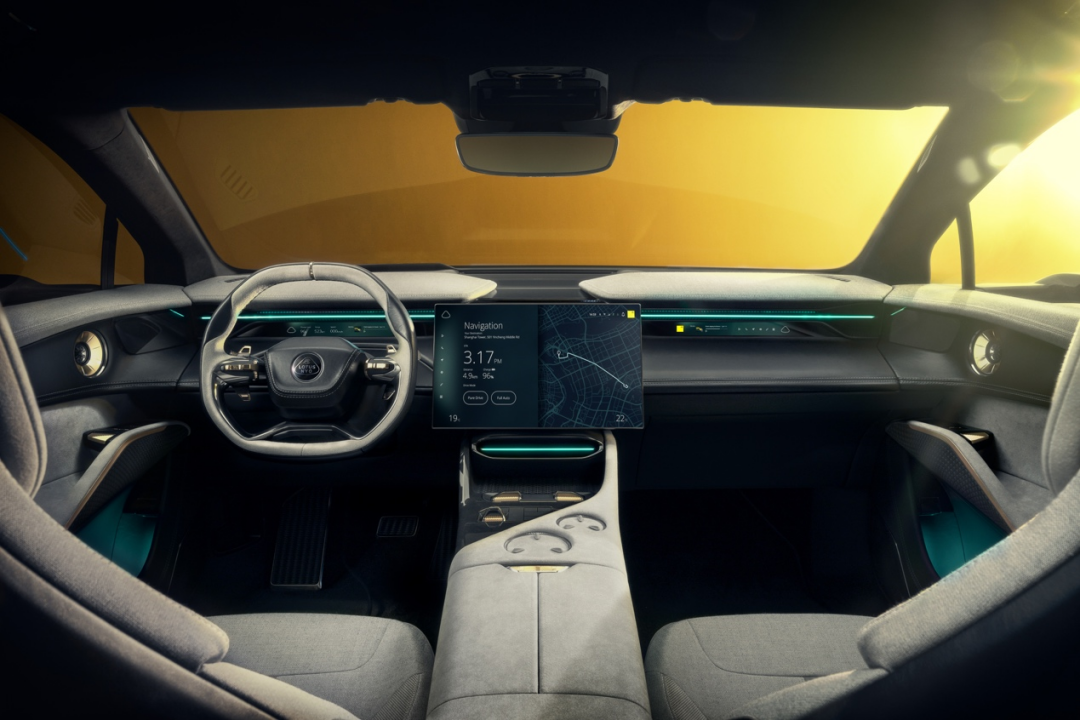 – Five digital gauges in the car: a 15.1-inch OLED touchscreen in the center console, two 12.6-inch fish screen displays (2,240182 ppi) for the driver and front passenger seats, a 9-inch flip screen (1,280720 ppi) for the rear seats, and a 29-inch AR-HUD.
– Five digital gauges in the car: a 15.1-inch OLED touchscreen in the center console, two 12.6-inch fish screen displays (2,240182 ppi) for the driver and front passenger seats, a 9-inch flip screen (1,280720 ppi) for the rear seats, and a 29-inch AR-HUD.
- Electronic rearview mirrors will be determined by regulations upon release, and two electronic rearview mirror screens are built into the door panels.
That’s right, the Lotus electric SUV has made a huge leap forward in terms of intelligence, with 4 LiDAR sensors that are unique in mass-produced single-vehicle perception hardware, along with 8 million cameras. I’m very curious about how this “high-performance SUV” will perform in terms of driver assistance.
However, it is important to note that Lotus refers to its perception hardware as “track-level”, which makes me very excited. With the help of luxurious perception hardware and cabin hardware, how will Lotus empower track driving through these intelligent equipment? With rich perception hardware and a large AR-HUD, there are many functional possibilities. I can already imagine a scene like a racing game with an AR-HUD projecting the best route and brake and throttle inputs.
Conclusion
There are too many points to make about the Lotus Eletre. From the labels “intelligent, pure electric, high-performance, and SUV”, Eletre does fill a market gap and sets the benchmark for million-dollar pure electric SUVs. What makes me really excited, however, is the “intelligent heart” based on powerful performance, which completely moves Eletre out of traditional performance comparisons and makes it a “high-performance technology” product.
As electric cars that cost under RMB 500,000 become more and more generic, Eletre has completely restored my imagination of a million-dollar pure electric SUV. Eletre has the practicality of an SUV and can fully meet daily family needs while also inheriting Lotus’s aerodynamic and high-performance genes. And with the addition of intelligent equipment, this car can gain more capabilities through OTA updates, including various “track modes” that are suitable for novices. This is a blessing for ordinary people who don’t usually go to the track.
This global premiere in London focuses on history, aerodynamics, and performance, but intelligence is what we’re most interested in. But don’t worry, Lotus Eletre will also be released in China, so let’s keep our expectations high.Finally, welcome everyone to download the Garage App, to learn the latest information on new energy. If you want more timely communication, you can click here to join our community.
This article is a translation by ChatGPT of a Chinese report from 42HOW. If you have any questions about it, please email bd@42how.com.
